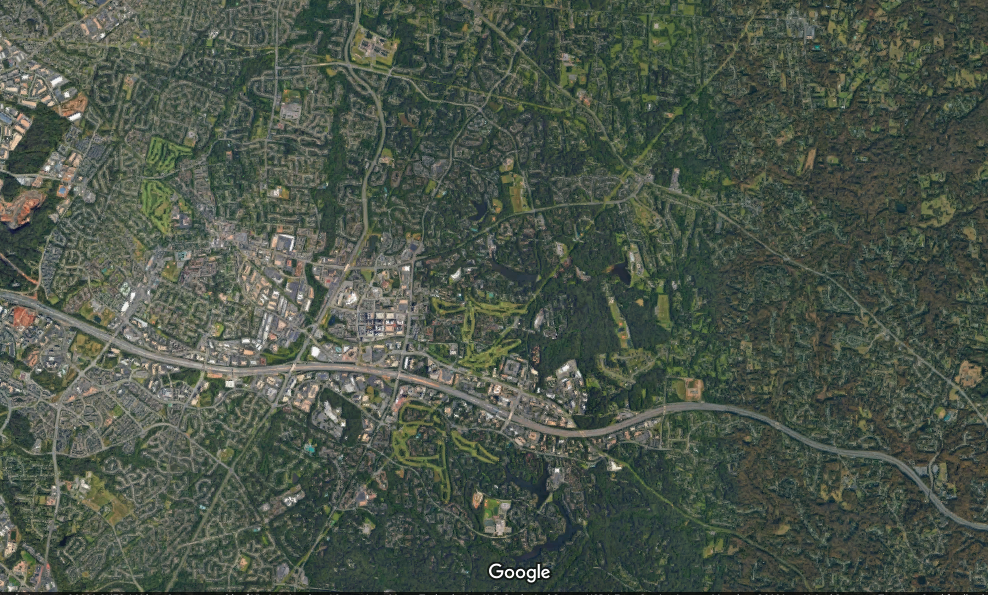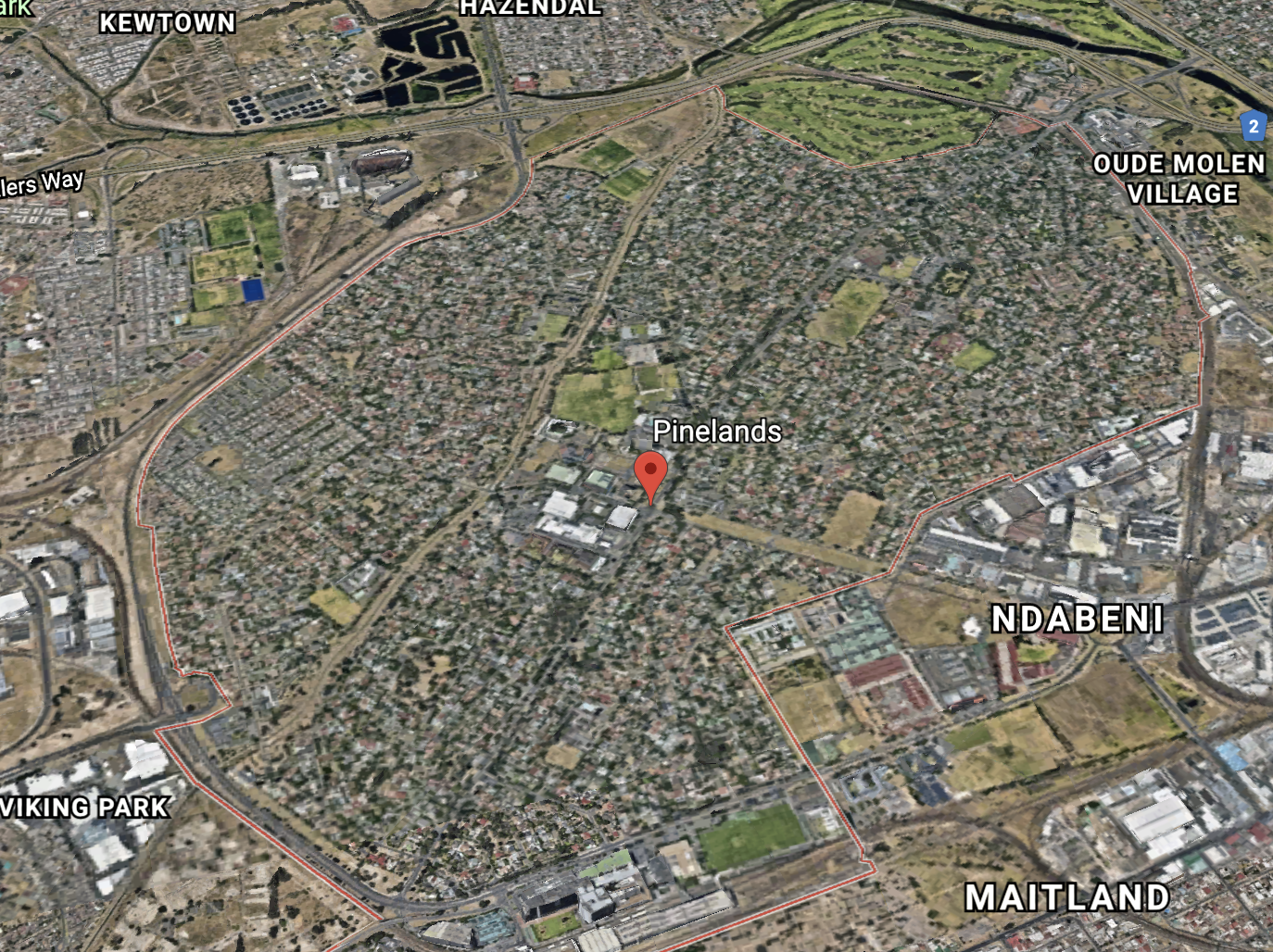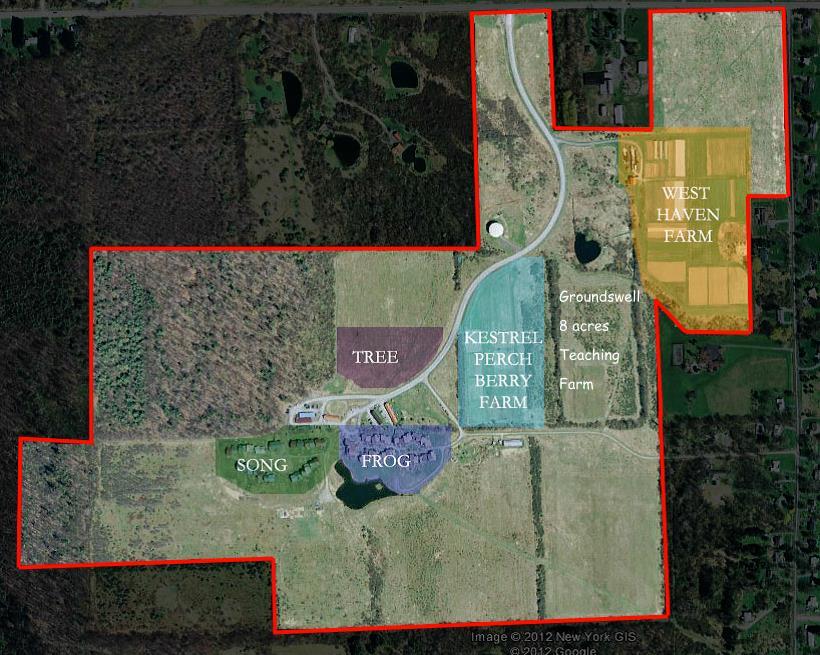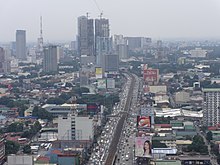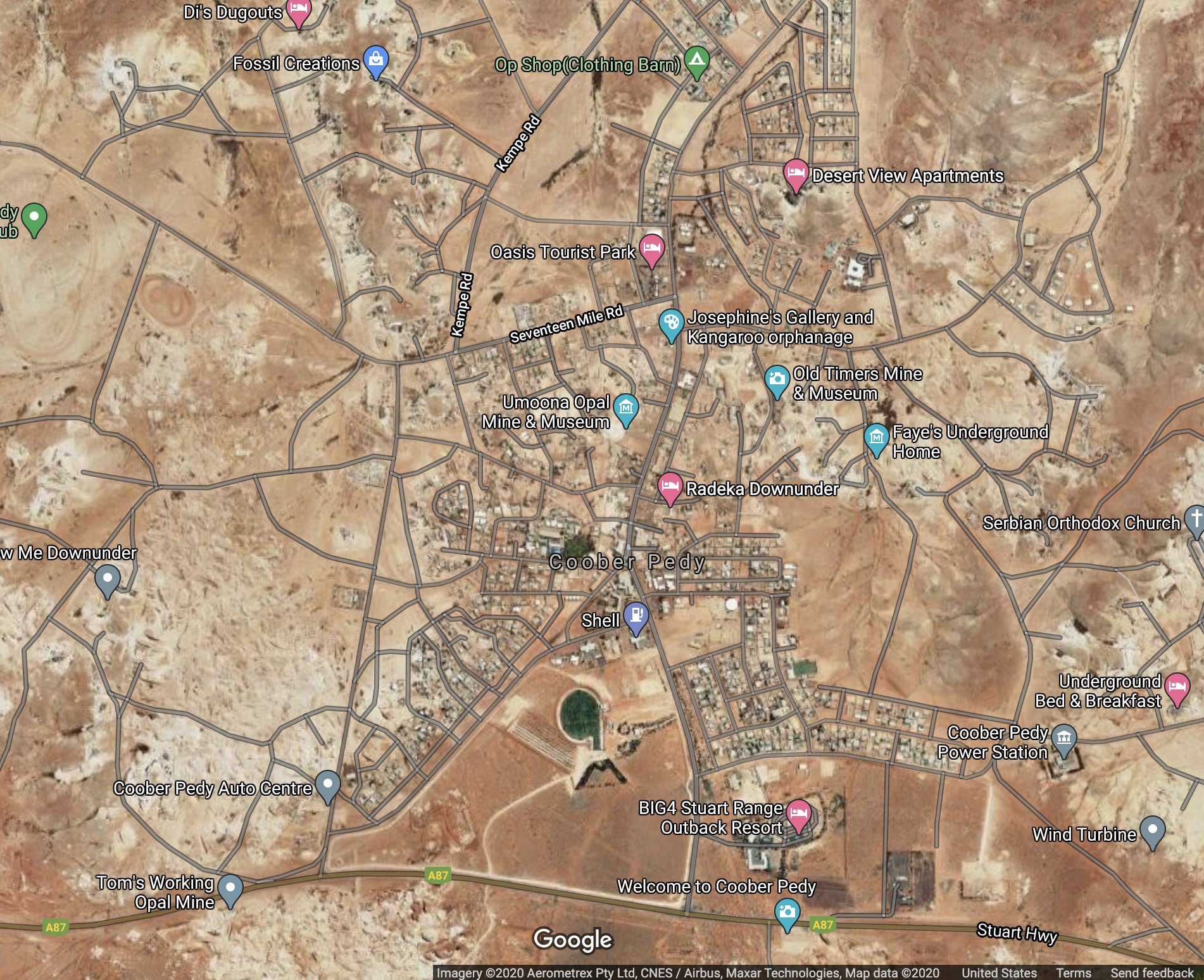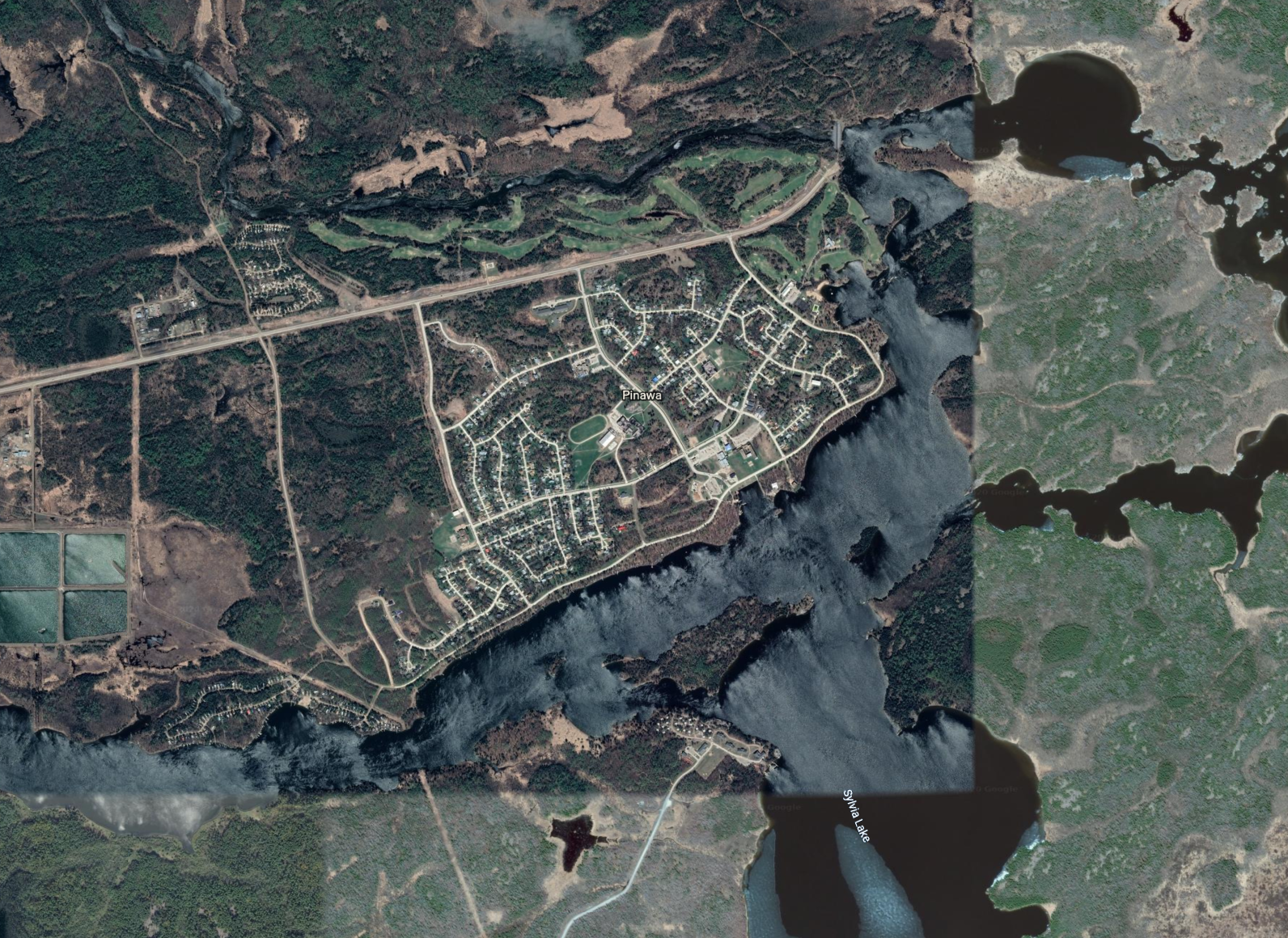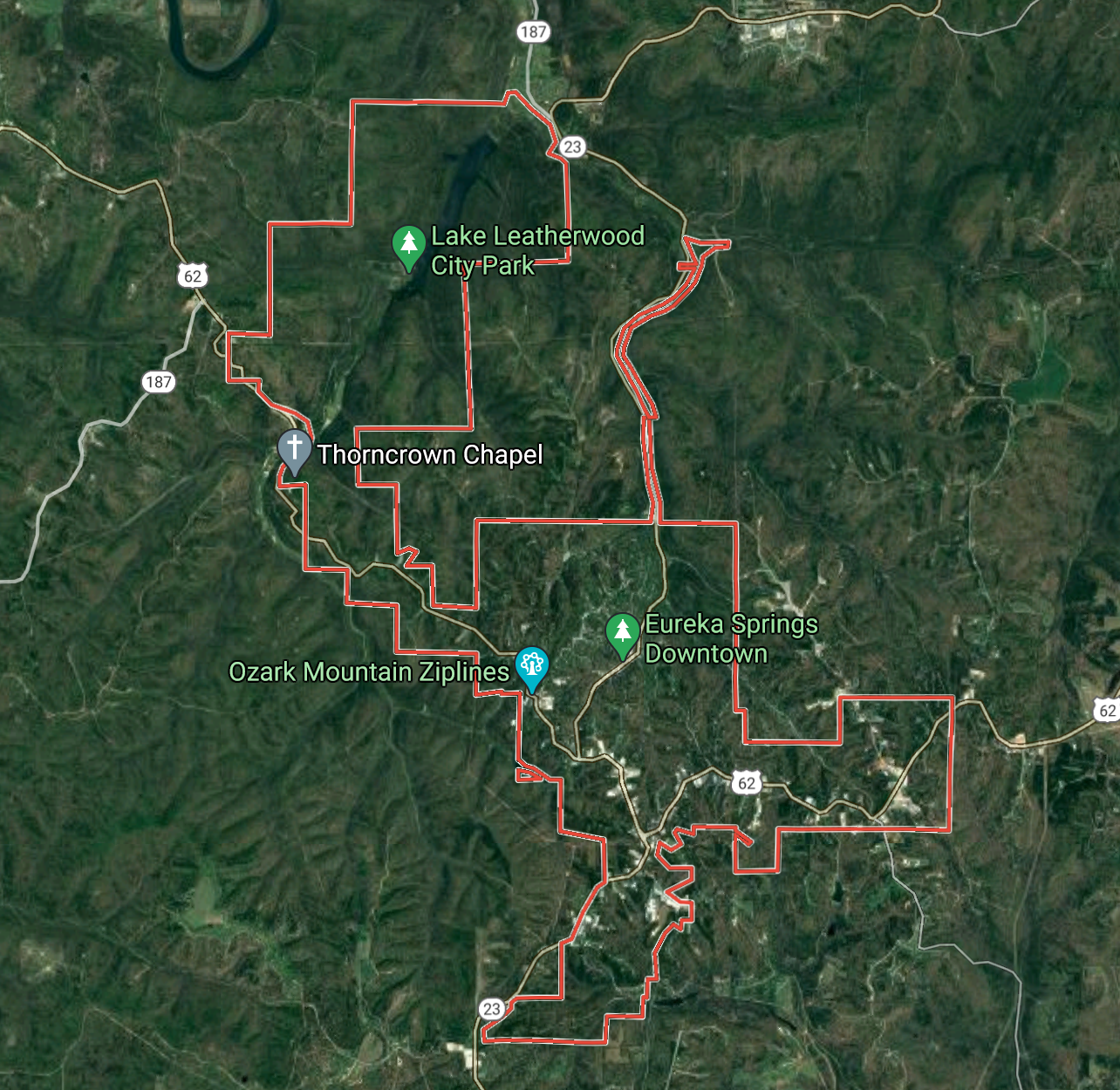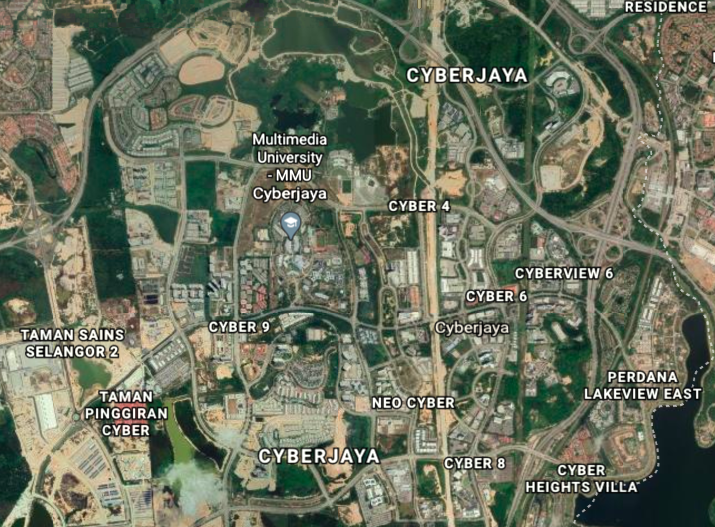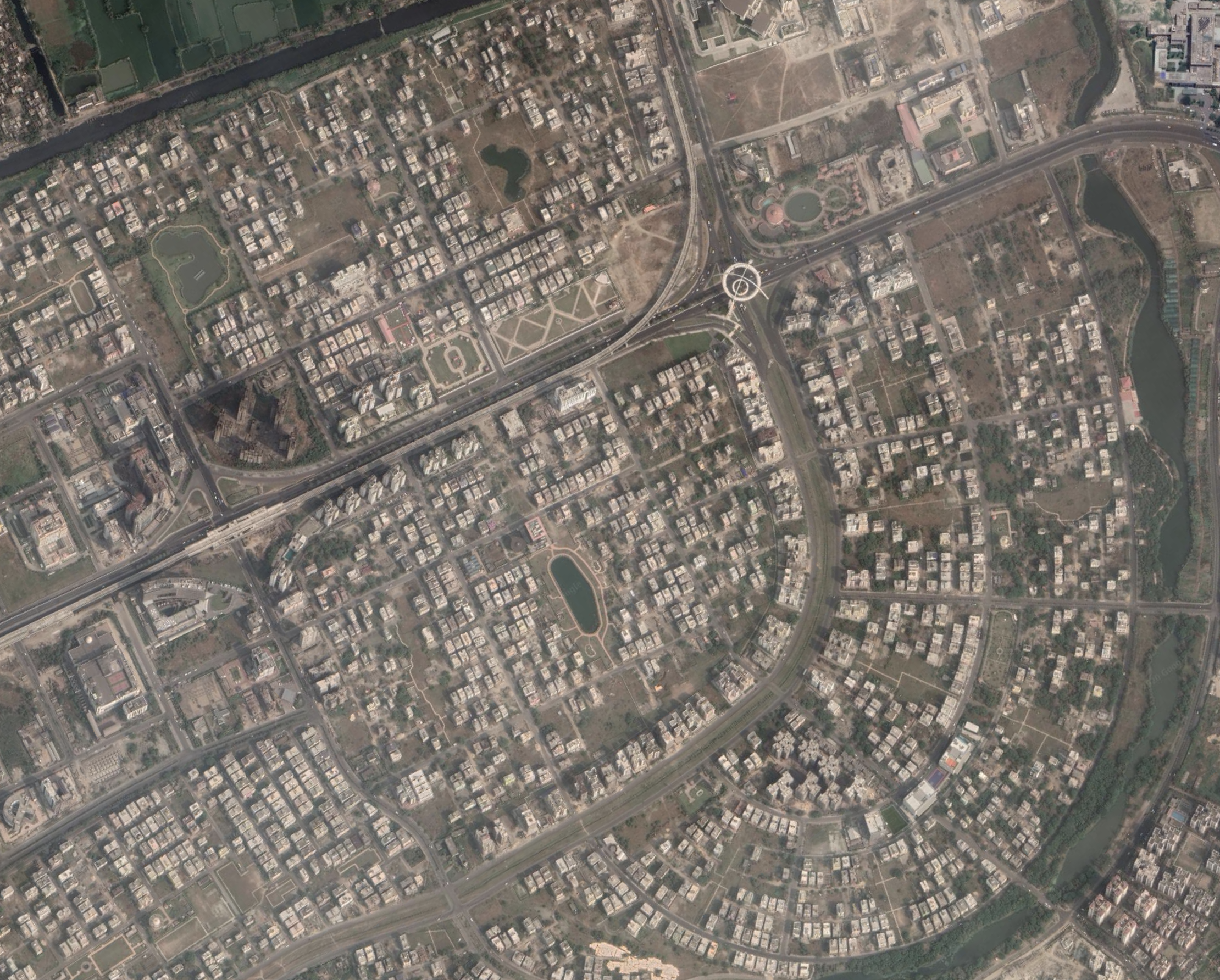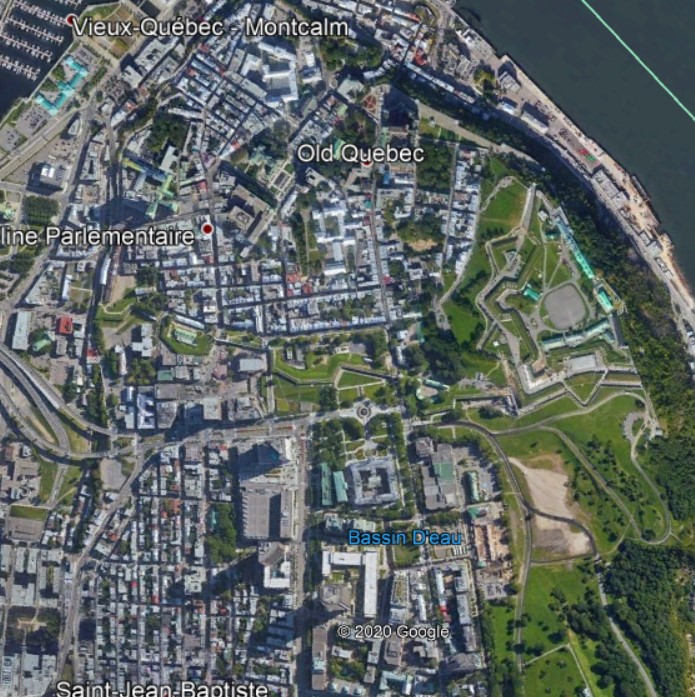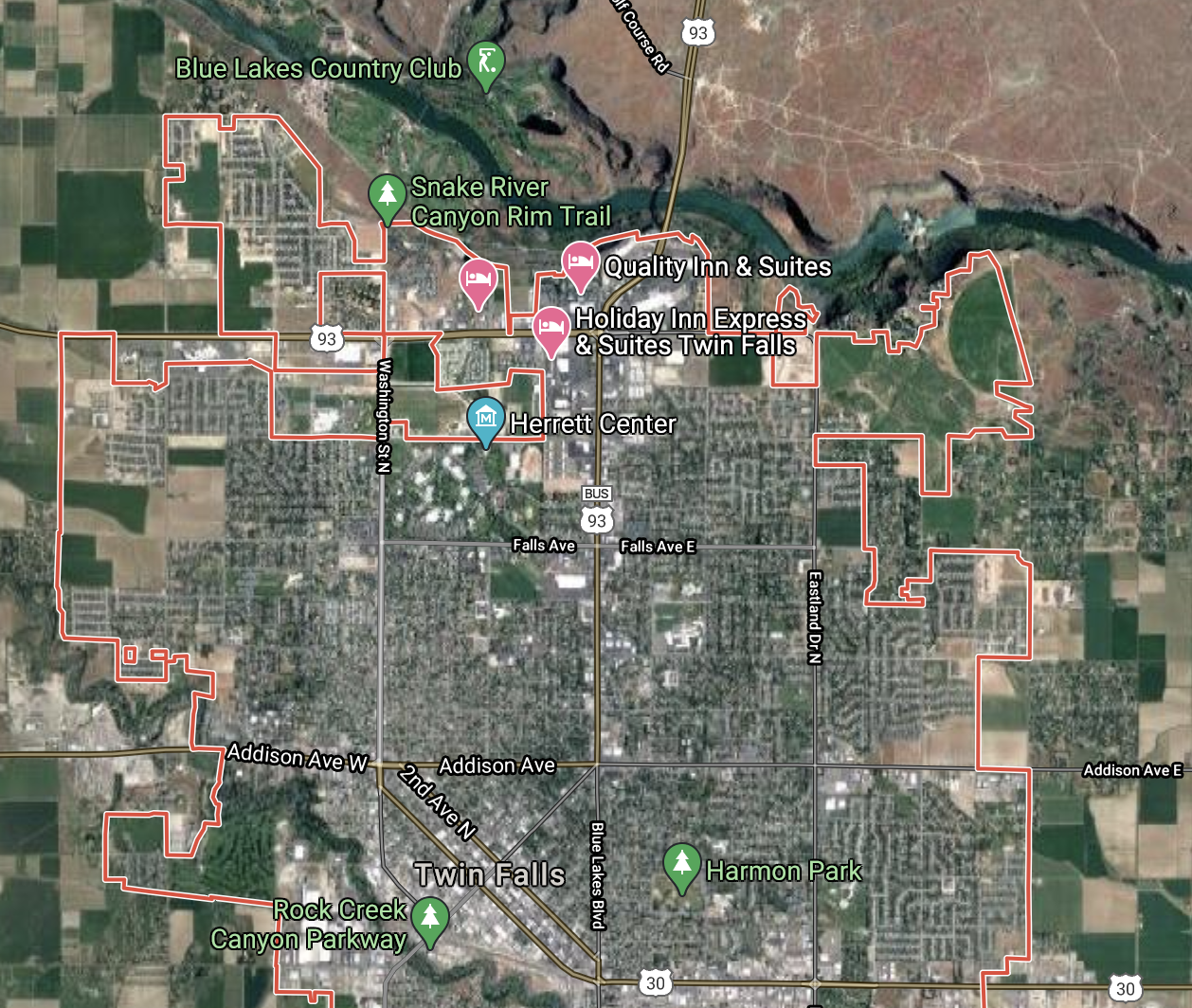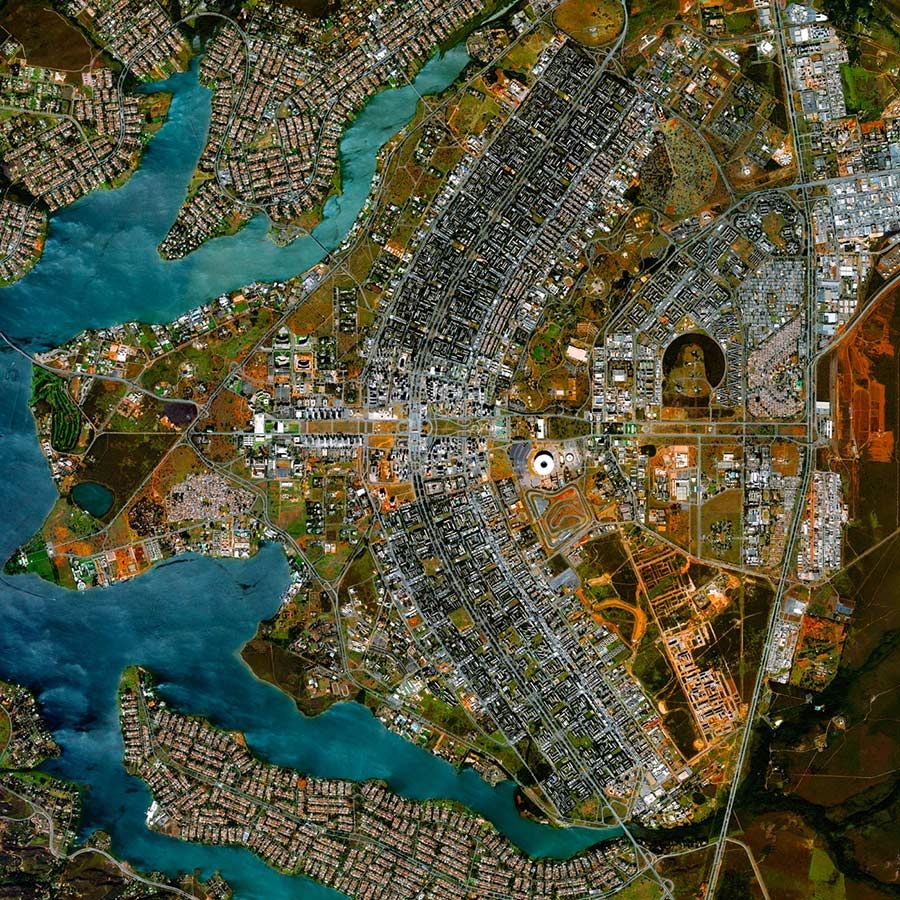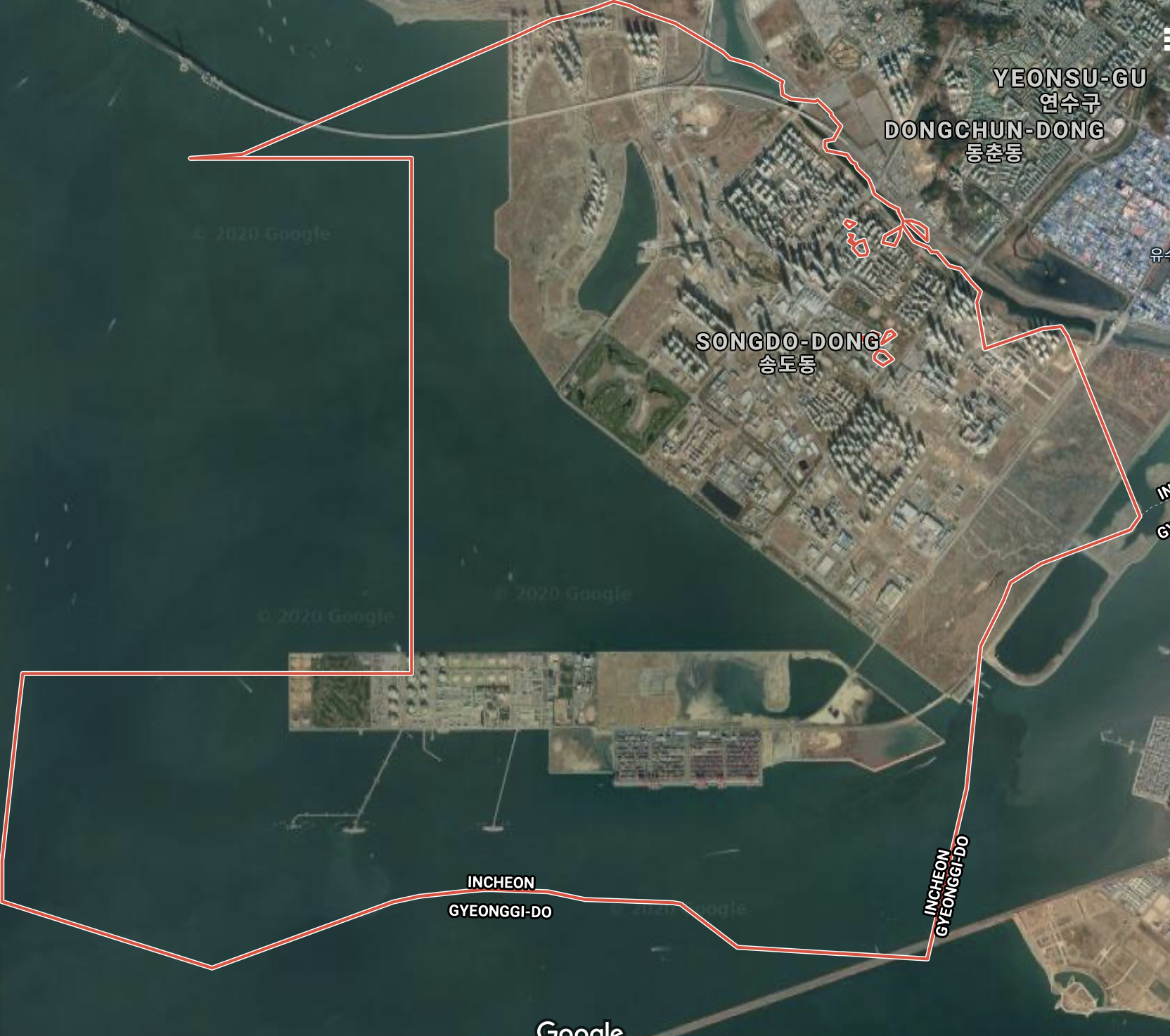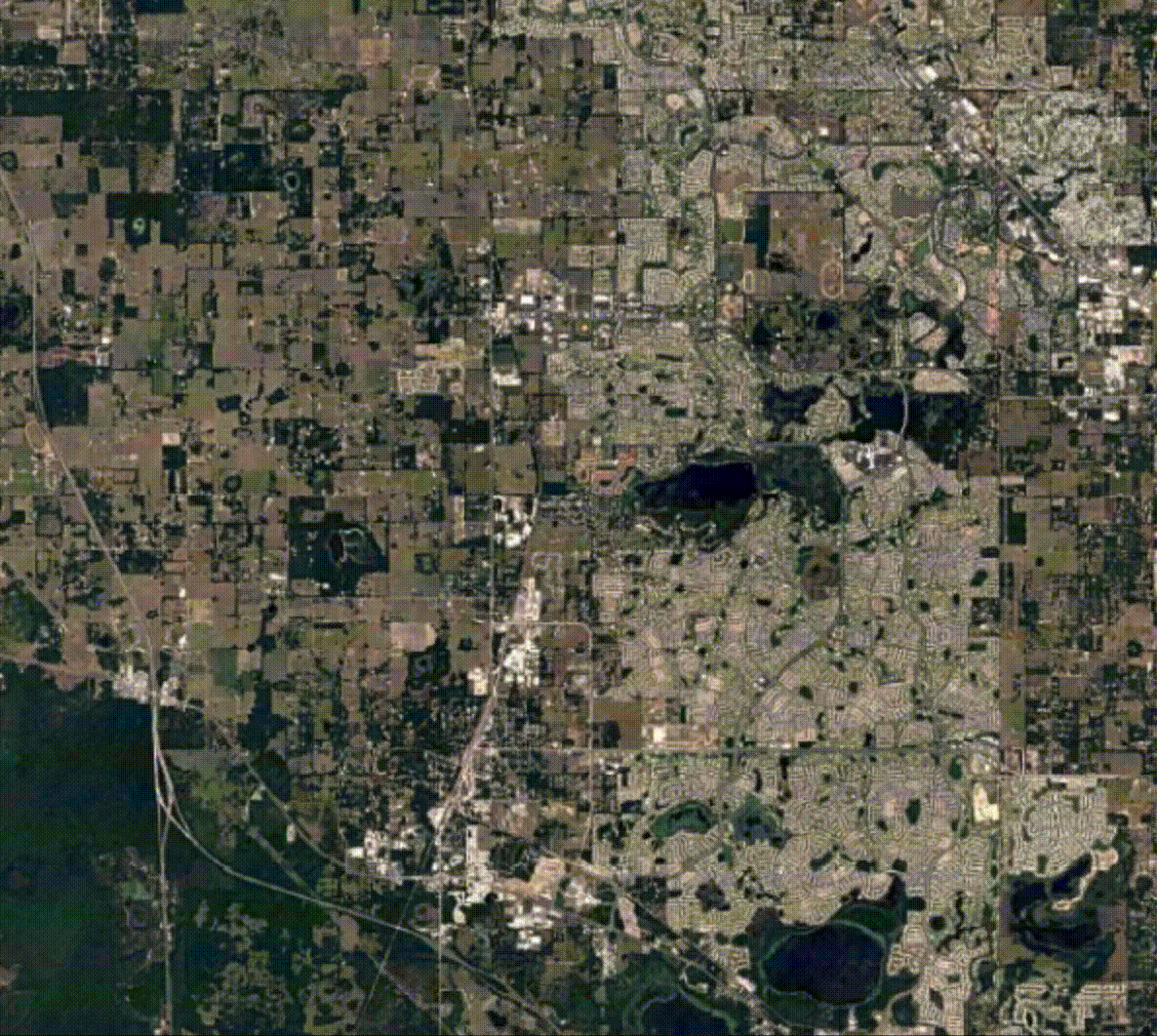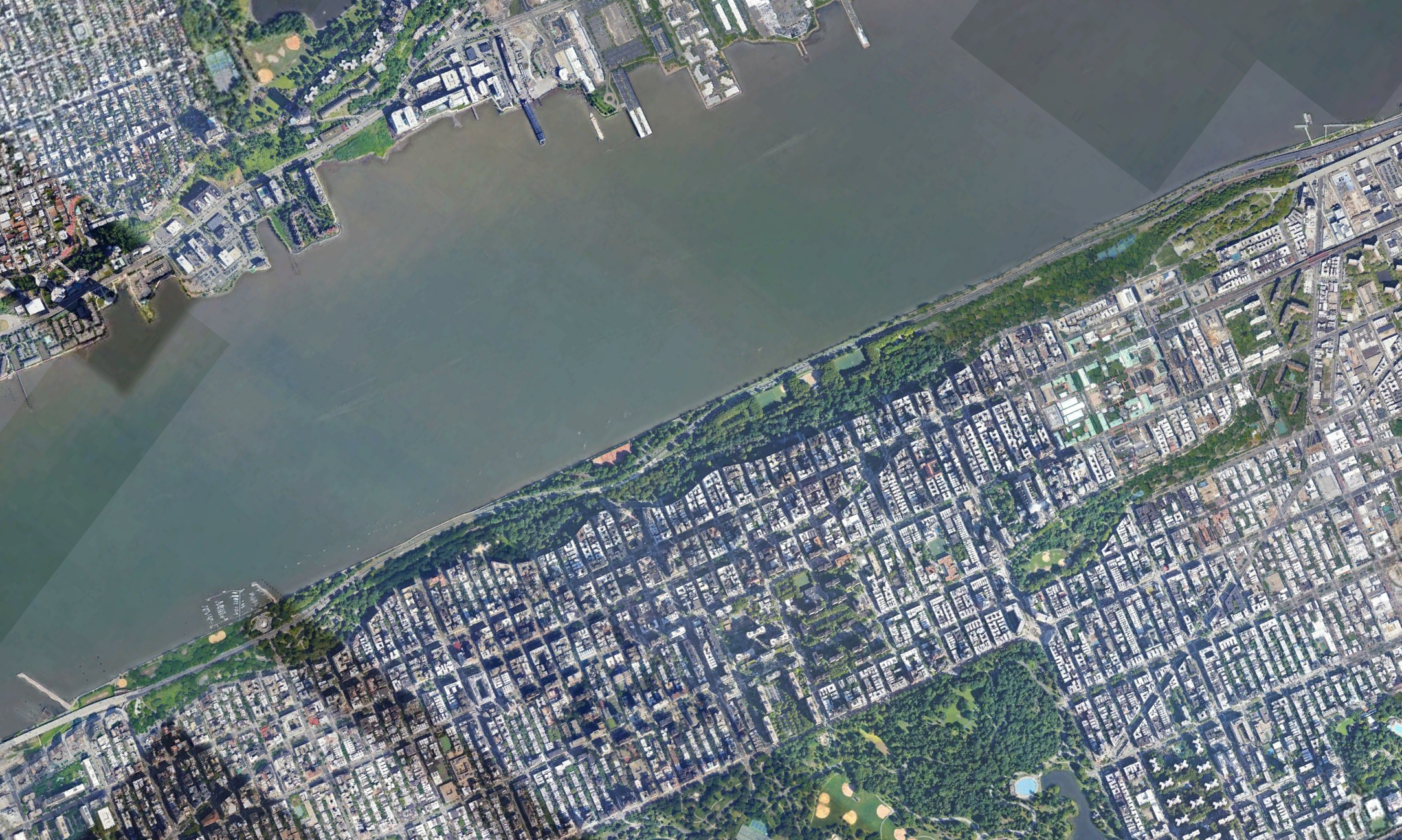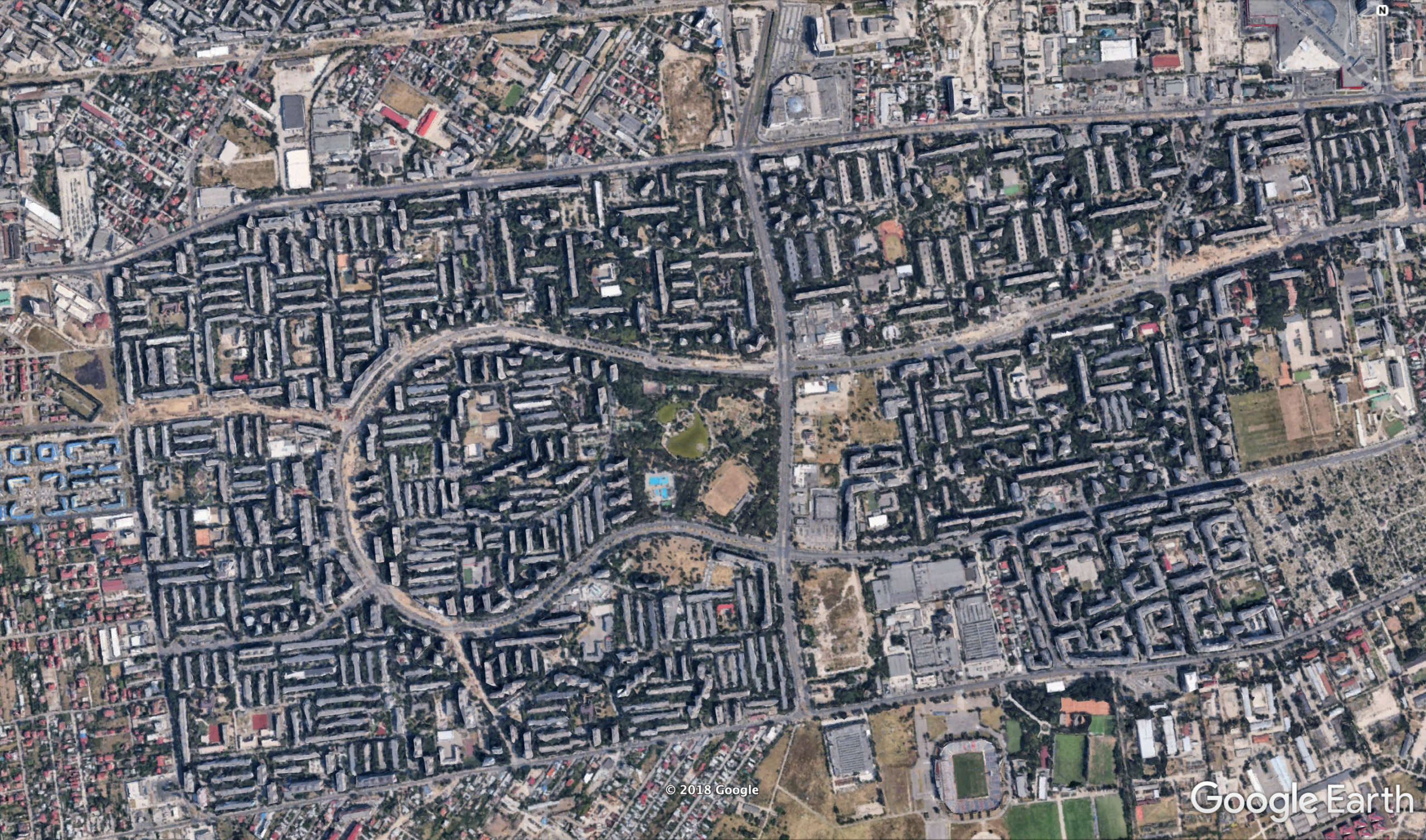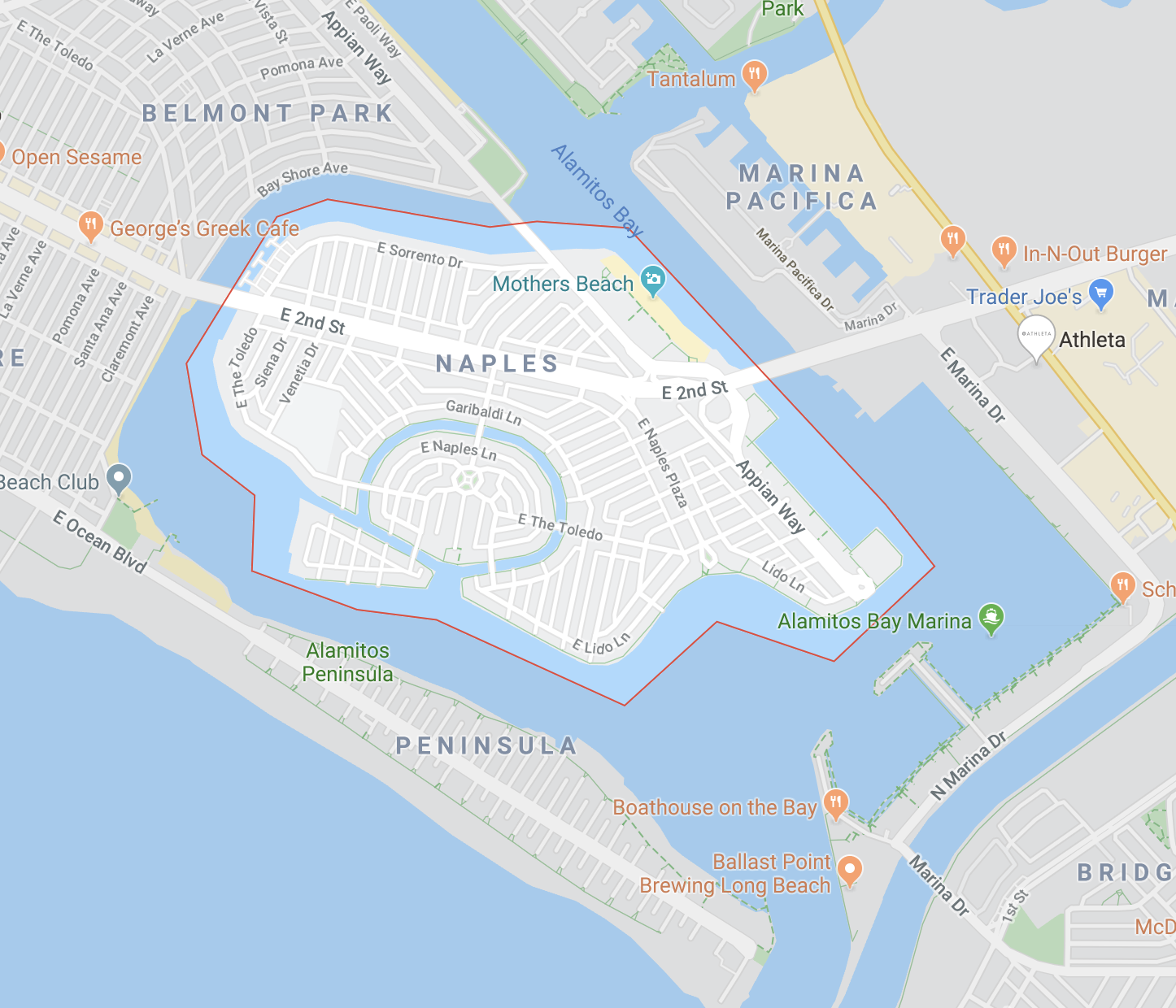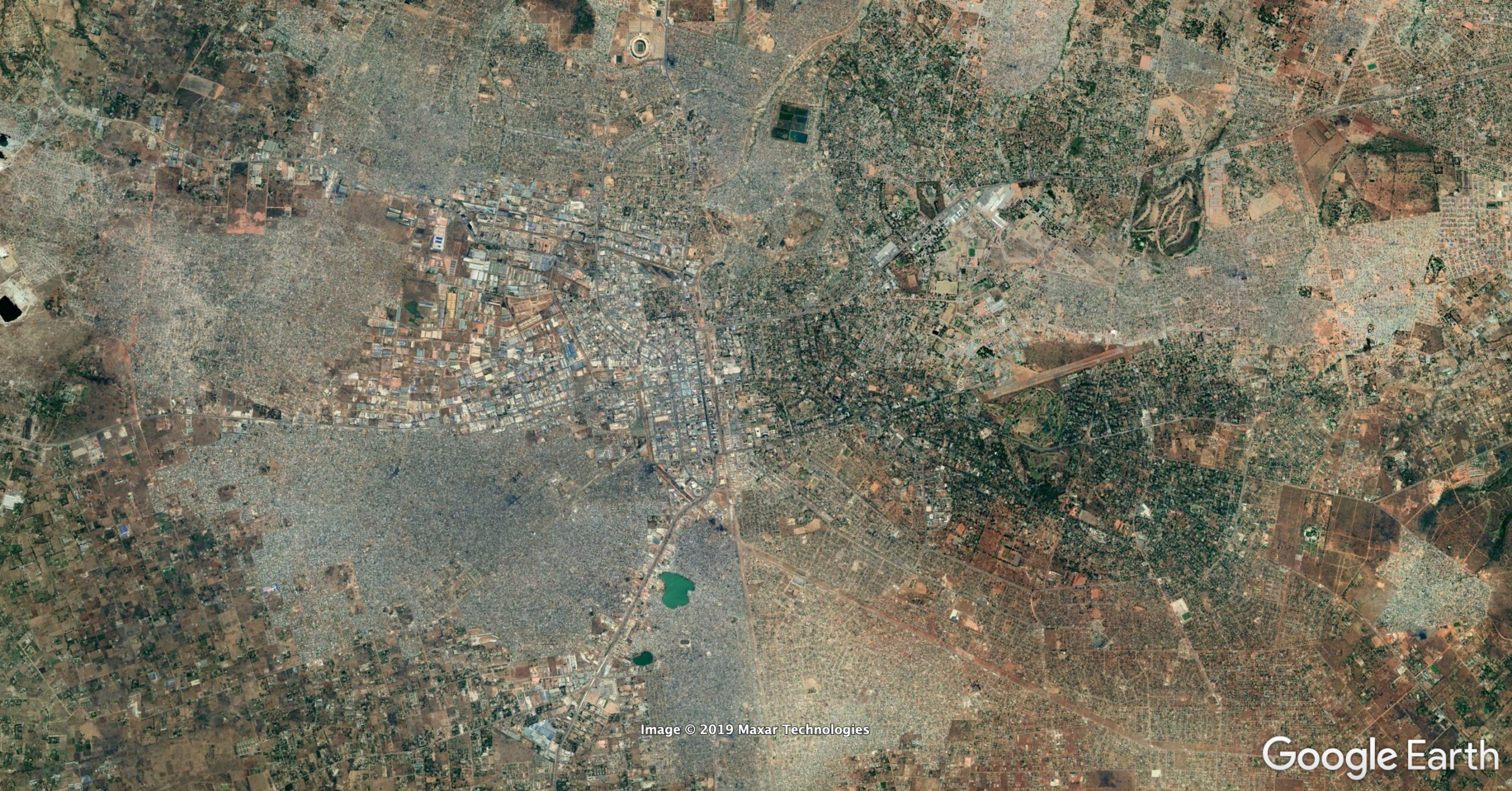Town of Mount Royal, Quebec, Canada
The Town of Mount Royal was a town founded in 1912 and designed by Frederick Todd, who was himself inspired by Ebenezer Howard and the Garden City movement. While currently a suburb surrounded by the city of Montreal, it was initially a Garden City separated from old Montreal by a greenbelt, and connected by an underground railway. Interestingly, while the land was purchased from farmland, the main proceeds of sales were used to fund the expansion of the Canadian railway instead of community re-investment. This community was made for upper-income residents, avoiding the original spirit of Howard’s city. From the layout, it’s central square bares a resemblance to Letchworth’s oval center with radial roads emanating outwards. Some unique designs that embody the philosophy of Garden Cities include curved roads and parks in roundabouts break up the grid and create neighbourhood-sized communities, while a circular road encompassing the inner half of the town offers easy passage between neighbourhoods.



